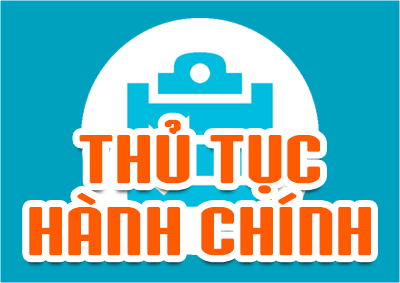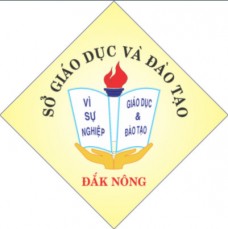Community Schools: Much More than Wrap Around Services
Người đăng: Ngày đăng: Lượt xem:
“Wraparound Services Alone Won’t Improve Student Outcomes.” is the title of a recent blog by Paul Hill Director of the Center for Reinventing Public Education. As leaders of the community schools movement we couldn’t agree more.
The community school is a classic vision of schools as centers of our communities. It is being remade for the 21st century to bridge the tensions between poverty and academics; we must tackle both, together. There are no silver bullets and we must do both-and that is what community schools do.
Through results-focused partnerships, community schools marshal the assets of a community — human, financial, and institutional — and align them with the school to support and enrich students’ learning and developmentmunity schools do focus on organizing health and social supports, but family and community engagement, and a robust curriculum with expanded learning opportunities during and beyond the school day are also part the equation. We advocate a curriculum that incorporates the real world in which children and youth live and challenges young people to address issues in their communities.
We don’t have the luxury anymore of “either-or” propositions between wraparound services or strong academics
To realize this vision, community schools are reorganizing existing community resources so they are aligned with the mission of public schools. The assets of health systems payday loans California, cities and counties, higher education institutions, United Ways and community-based organizations are being aligned around the education of our childrenmunity schools are using existing space – the public’s schools — as the place to make this happen because schools are where the challenges students face emerge, where student learning must improve and where communities gather. And many parents, working as part of education organizing groups, have adopted community schools as their chosen vision for their public schools.
Cincinnati has received well-deserved attention for its pioneering community schools work. It is noteworthy that Cincinnati’s Oyler Community Learning Center (aka community school) is the focal point of Dr. Hill’s blog. Virtually no students who left Oyler Middle School graduated from high school before Oyler was transformed into a K-12 community school. In 2013, 40.5 percent of its high school students graduated in four years. In 2015, the rate was 48.7%. This year Oyler’s graduates have been accepted to college. To understand what a significant achievement this represents and to understand the impact of poverty on education, readers are encouraged to view the documentary Oyler: One School, One Year.
The Coalition for Community Schools looks forward to working with Dr
Now more than 150 communities have adopted community schools as a key focus of their education reform agenda. Congress incorporated community school principles and a Full Service Community Schools program into the Every Students Succeeds Act. Governors and state legislators from New York to Minnesota to Maine are introducing and approving legislation and funding for community schools. trak Northeast regional line from Boston to Richmond, are choosing community schools to tackle persistent challenges in their schools and communities.
These leaders are seeking to address the deep inequities that poor children and particularly children of color face, and ensure that they have access to all the developmental and learning opportunities that will enable them to succeed.
Now is the time to think big about what we want for the young people in our nation’s 100,000 public schools. The Every Student Succeeds Act (ESSA), devolves power back to the states and local school districts. It affords us the opportunity to rethink how educators and their communities can work together to help students thrive.
Hill and everyone else seeking to improve results for young people by bringing a comprehensive approach to their education. Let’s create schools that support and challenge young people and enable them to be contributors to their own learning, to their families and communities and to civic life.




































